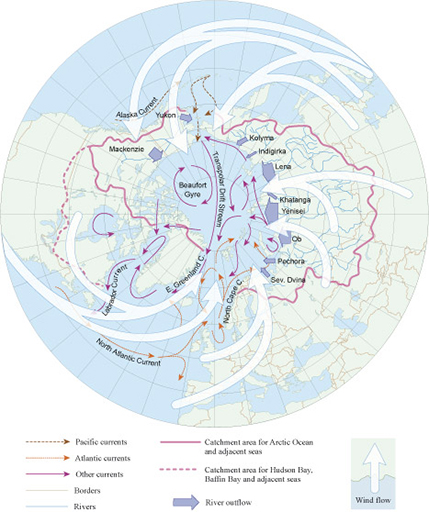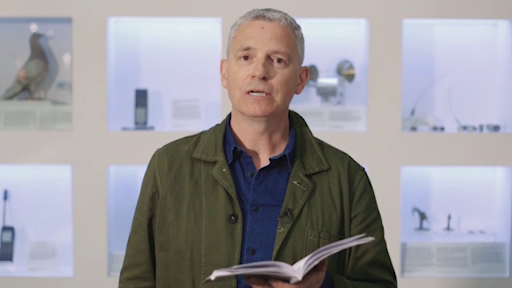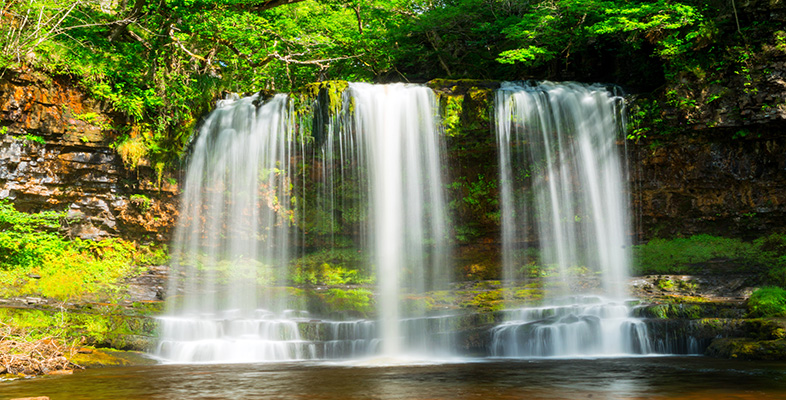2.4 Pollutant pathways to the Arctic
Winds, ocean currents and flow from rivers can all carry pollutants from their source to the Arctic. On a stereographic plot, the routes of wind-borne contaminants from the warmer, populated areas of Earth to the cooler Arctic are clear (Figure 9). These winds can transport contaminants to the poles, where they are removed from the atmosphere most likely through snowfall and are then absorbed by animals, perhaps through direct contact.
The North Atlantic Current shown in Figure 9 flows directly past the waters off Western Europe, likely to be a major source of PBDEs. For top predators such as polar bears, there is also likely to be biomagnification from the high levels of PBDEs in their prey, the seals.

Overall, the toxicity of POPs to the polar wildlife is not completely clear, but the fact that they are manufactured only in populated regions and yet can be detected in Arctic wildlife is striking. POPs give a graphic demonstration that a region once thought of as remote is clearly physically connected to the rest of the planet.
The poet Nick Drake responded to his experience of the Arctic by writing a series of poems. His ‘one poem in many voices’ The Farewell Glacier sought to give a voice to people, places and other animals and things related to the region.
Listen to Nick reading two extracts from The Farewell Glacier, related to themes of the first two sections of this course. The first is about Wally Herbert (1934–2007), the British polar explorer, writer and artist. In 1968–9, Herbert led the British Trans-Arctic Expedition to walk 4000 miles from Alaska to Svalbard, making him the first man confirmed to have walked to the North Pole.

Transcript: Video 1 Nick Drake’s Wally Herbert video
Now listen to Nick read his poem on pollutants and how they make their way to the Arctic.

